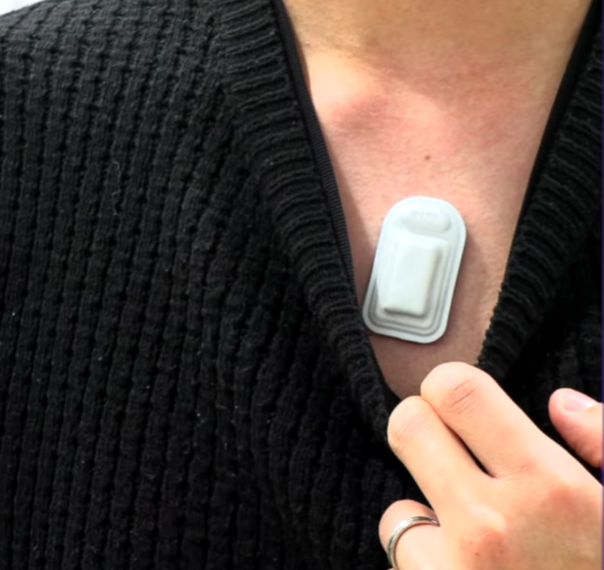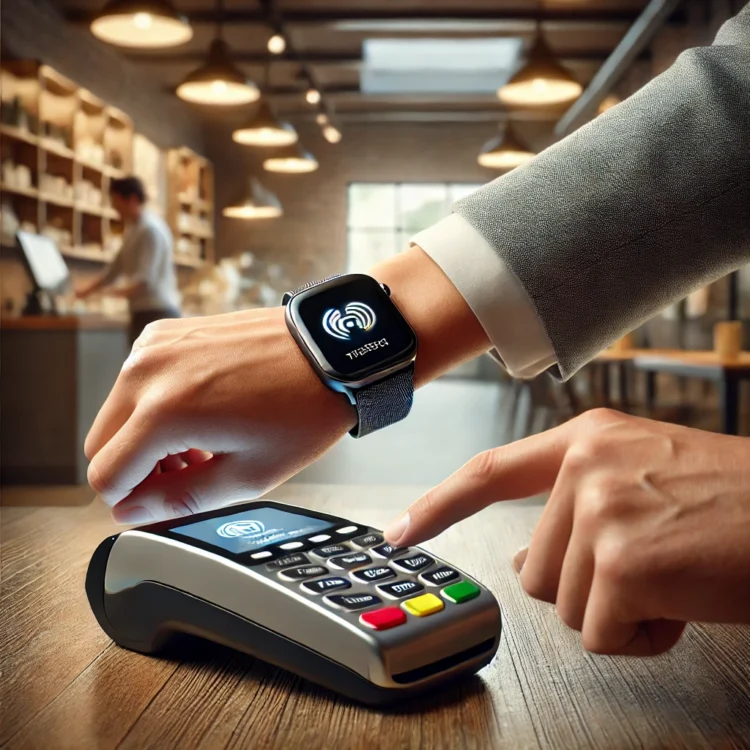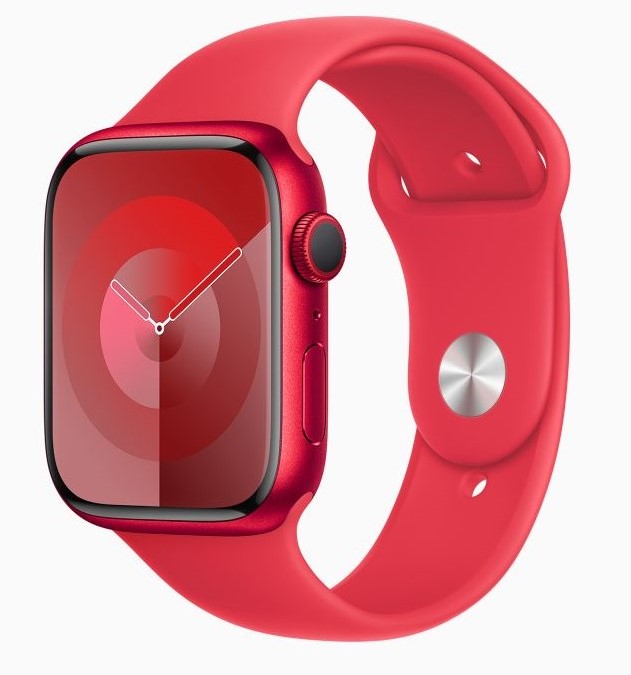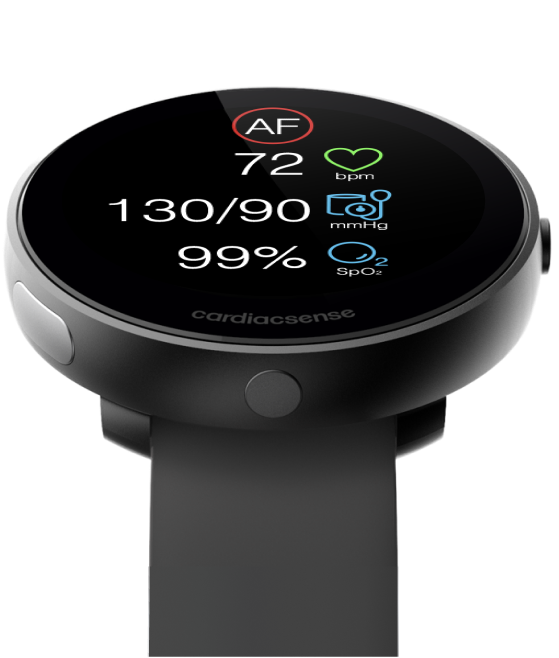Researchers at Northwestern University have developed the first smart wearable device to continuously track how much people use their voices, alerting them to overuse before vocal fatigue and potential injury sets in.
The first-of-its-kind, battery-powered, wireless device and accompanying algorithm could be a game-changer for professional singers, teachers, politicians, call-center workers, coaches, and anyone who needs to communicate effectively. Rely on your voice to do and create. a living. It can help clinicians to monitor patients with voice disorders remotely and continuously during their treatment.
Developed by an interdisciplinary team of materials scientists, biomedical engineers, opera singers and speech-language pathologists, the research behind the new technology will be published during the week of February 20 in the Proceedings of the National Academy of Sciences.
The soft, flexible, postage-stamp-sized device comfortably adheres to the upper chest to feel the subtle vibrations associated with talking and singing. From there, the captured data is instantly streamed via Bluetooth to users’ smartphones or tablets, so they can monitor their vocal activities in real time throughout the day and measure cumulative total vocal usage. Custom machine-learning algorithms distinguish between speaking and singing, allowing singers to track each activity separately.
With the app, users can set their own personal vocal thresholds. When they are near that threshold, an accompanying device on their smartphone, smartwatch or wrist provides real-time haptic feedback in the form of alerts. Then, they can tone down their voice before they push it too far.
“The device precisely measures the amplitude and frequency of speaking and singing,” said Northwestern’s John A. Rogers, a bioelectronics pioneer who led the device’s development. “Those two parameters are most important in determining the overall load that is placed on the vocal folds. Being aware of those parameters, cumulatively over time, is essential to managing healthy patterns of vocalization.” Is.
“It’s easy for people to forget how much they use their voice,” said Northwestern’s Theresa Branchaccio, a voice specialist who co-led the study. “Experienced classical singers are more aware of the use of their vocals as they live and learn. But some people – especially singers with little training or people like teachers, politicians and sports coaches, who have to do a lot for their jobs Should speak up – often don’t realize how far they are pushing it. We want to give them more awareness to help prevent injury.”
Rogers is the Louis Simpson and Kimberly Querrey Professor of Materials Science and Engineering, Biomedical Engineering and Neurological Surgery at the McCormick School of Engineering and Northwestern University Feinberg School of Medicine. He is also the director of the Querrey Simpson Institute for Bioelectronics. A distinguished operatic performer, mezzo-soprano, Branchaccio is a senior lecturer at Northwestern’s Biennale School of Music, where she teaches voice and vocal pedagogy.
Unaware of overuse
For the millions of people in America who make their living by speaking or singing, vocal fatigue is a constant, looming threat. The common condition occurs when the overused vocal folds swell, causing the voice to become hoarse and to lose stamina. Vocal fatigue negatively affects singers, in particular, changes in their ability to sing clearly or hit the same pitches as their healthy voices. At most, a short period of vocal fatigue can briefly disrupt a singer’s plans. At worst, it can cause enough damage to derail a career.
Source Credit: First wearable device for vocal fatigue senses when your voice needs a break – Northwestern Now



